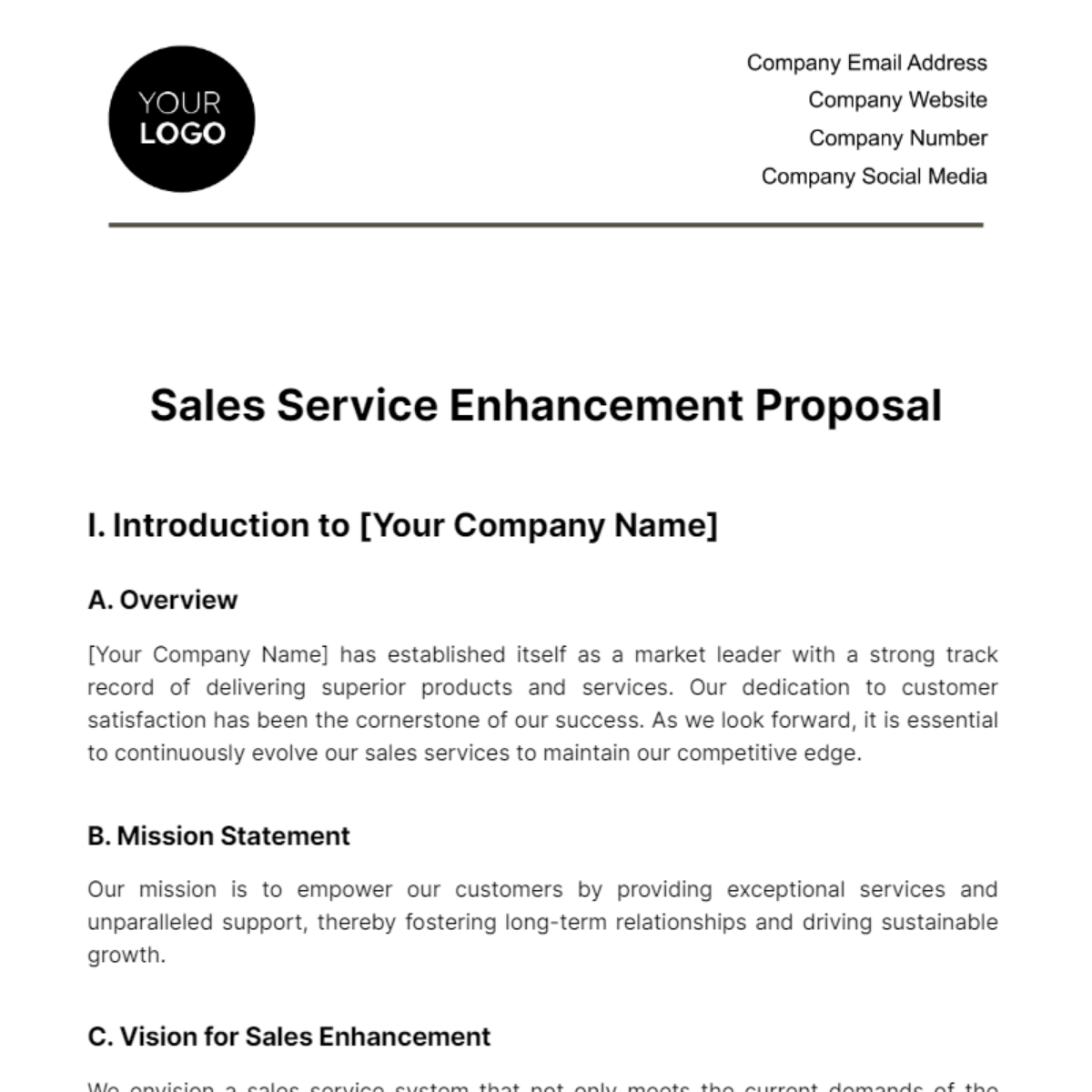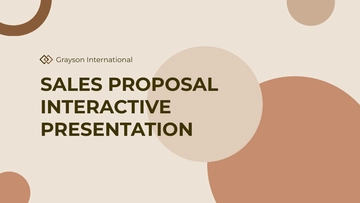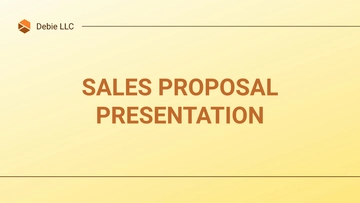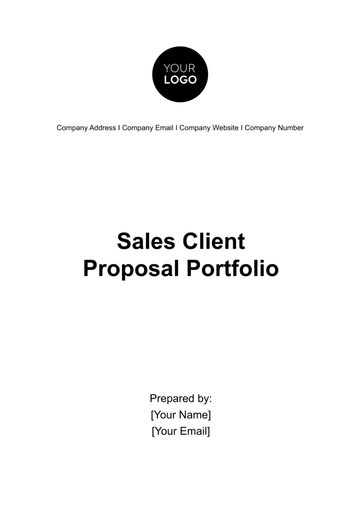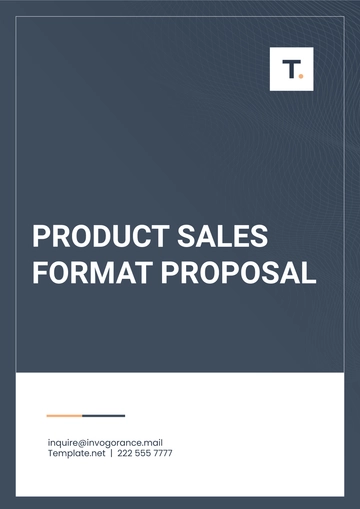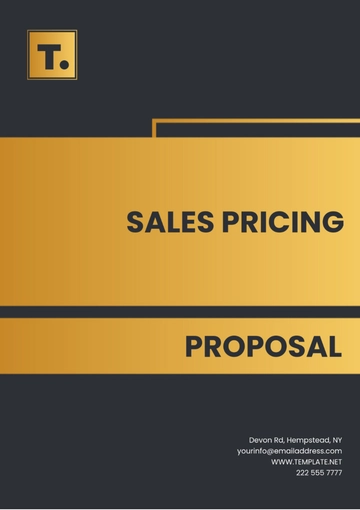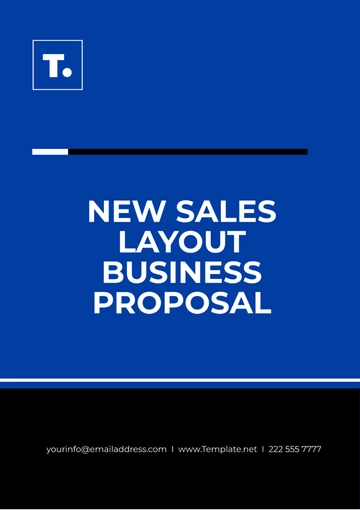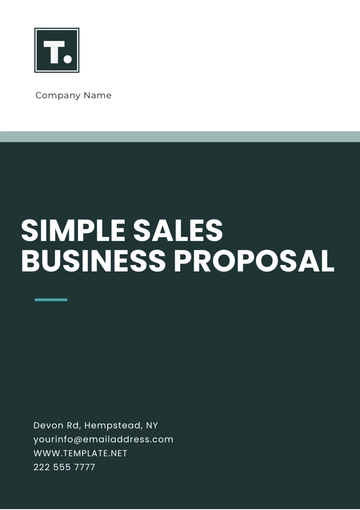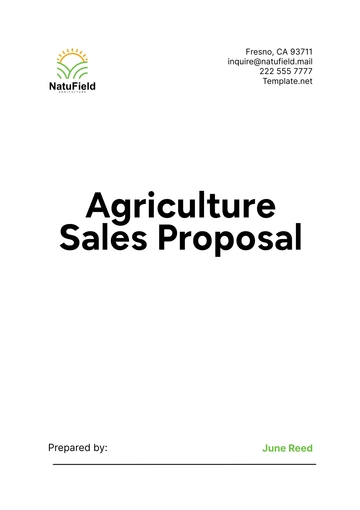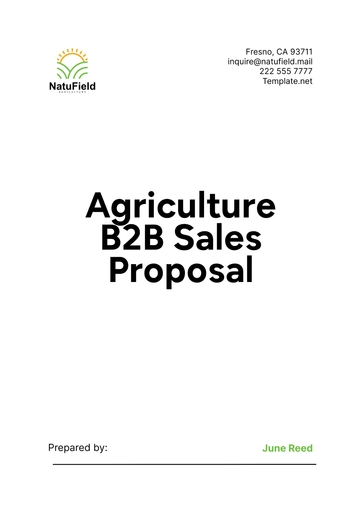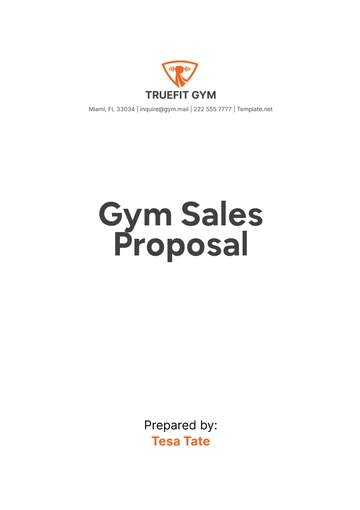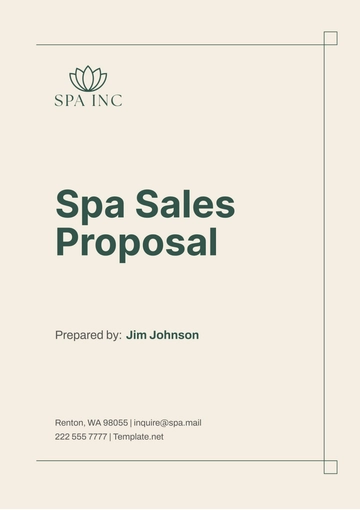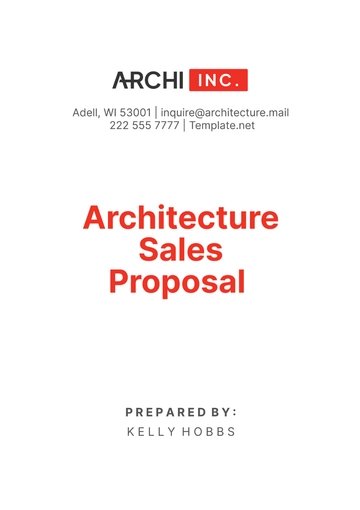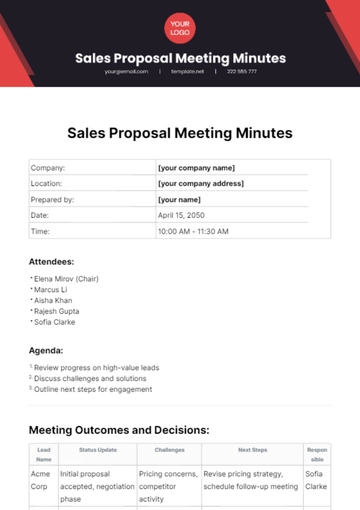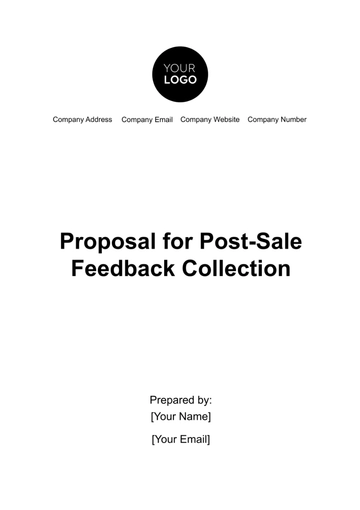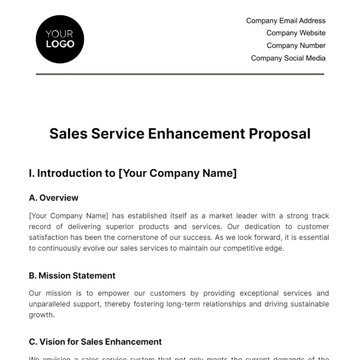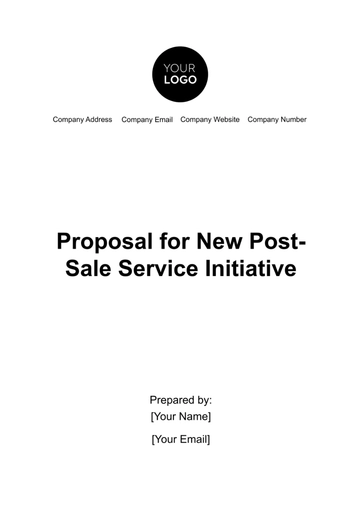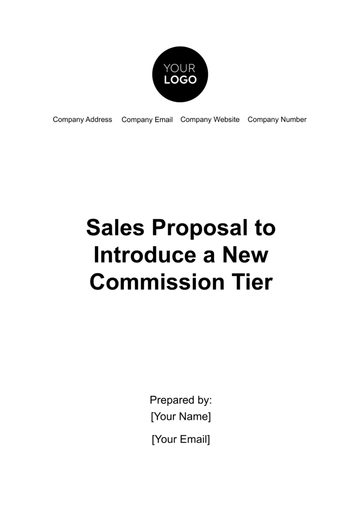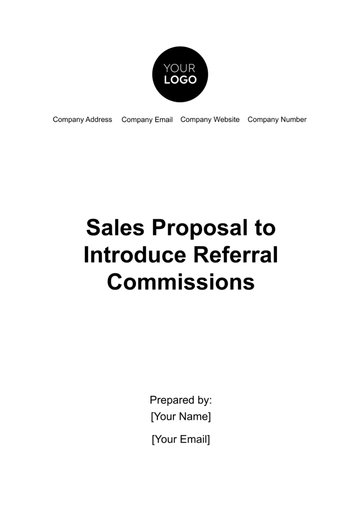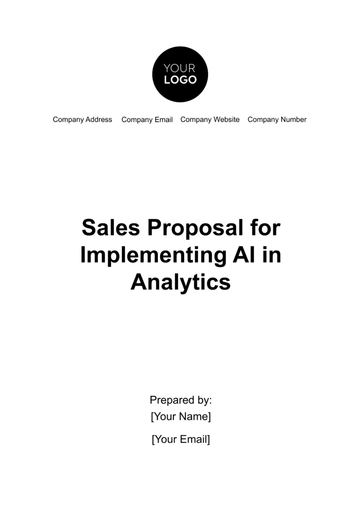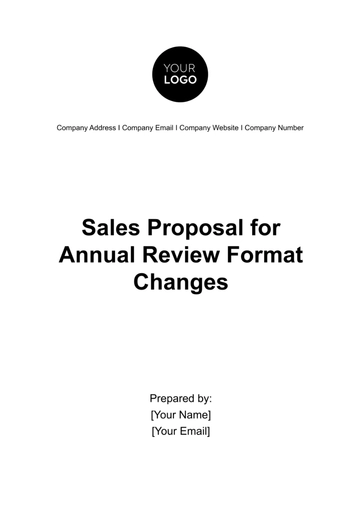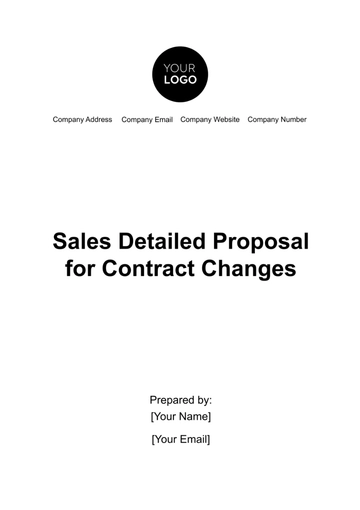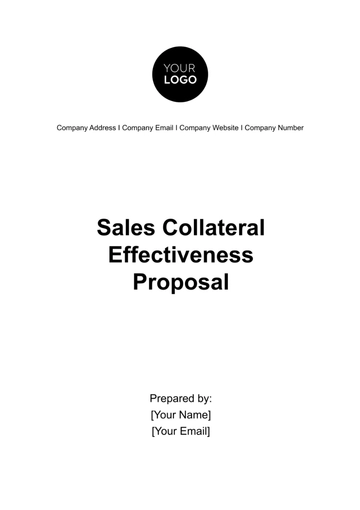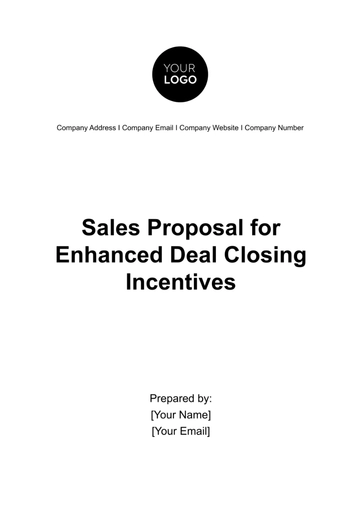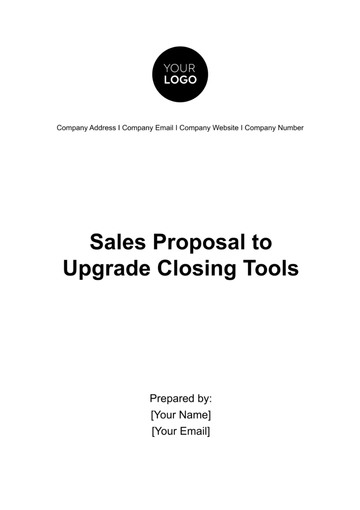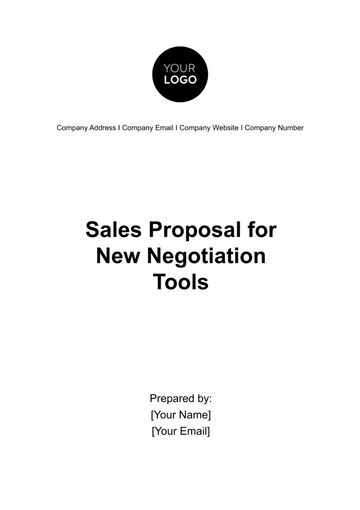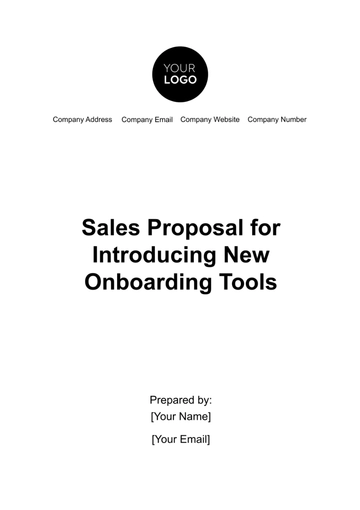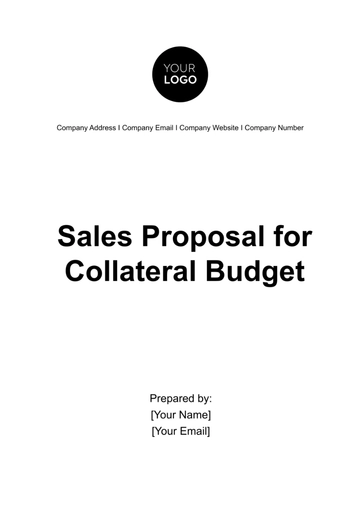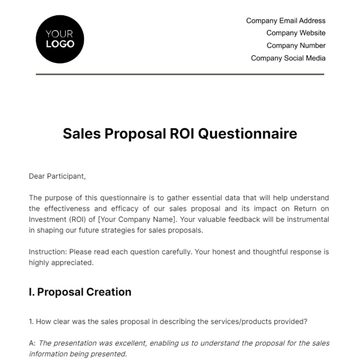Sales Service Enhancement Proposal
I. Introduction to [Your Company Name]
A. Overview
[Your Company Name] has established itself as a market leader with a strong track record of delivering superior products and services. Our dedication to customer satisfaction has been the cornerstone of our success. As we look forward, it is essential to continuously evolve our sales services to maintain our competitive edge.
B. Mission Statement
Our mission is to empower our customers by providing exceptional services and unparalleled support, thereby fostering long-term relationships and driving sustainable growth.
C. Vision for Sales Enhancement
We envision a sales service system that not only meets the current demands of the market but also anticipates future trends, positioning [Your Company Name] at the forefront of the industry.
II. Current Sales Service Analysis
A. Performance Metrics
Metric | Current Value | Industry Average | Target Value |
Customer Satisfaction Rate | [85%] | [90%] | [95%] |
Average Response Time | [5] hours | [2] hours | [1] hours |
Sales Conversion Rate | [25%] | [35%] | [45%] |
Customer Retention Rate | [75%] | [85%] | [90%] |
B. Identified Challenges
Response Time: Our current average response time exceeds the industry average.
Conversion Rate: There is a noticeable gap between our conversion rates and those of leading competitors.
Customer Retention: Retention rates are below the targeted industry benchmark.
III. Proposed Sales Service Enhancements
A. Technology Implementation
Customer Relationship Management (CRM) System
Implementing a state-of-the-art CRM system will enable us to automate follow-ups, track sales opportunities, and analyze customer data for better service delivery.
Sales Analytics Tools
These tools will provide real-time insights into sales trends, customer behavior, and performance metrics, allowing for data-driven decision-making.
B. Sales Team Development
Training Programs
A series of workshops and training modules to enhance the skills and knowledge of our sales representatives, focusing on communication, negotiation, and closing techniques.
Incentive Structures
Revising our incentive structures to align with performance metrics will motivate our sales team to meet and exceed targets.
C. Process Optimization
Streamlined Sales Process
Redesigning the sales process to remove bottlenecks, reducing the average response time, and increasing customer touchpoints.
Enhanced Customer Journey
Creating a more personalized and engaging customer journey from initial contact through post-sale support.
IV. Implementation Plan
A. Timeline
Phase | Q1 2050 | Q2 2050 | Q3 2050 |
CRM Deployment | Selection & Purchase | Customization & Testing | Full Implementation |
Training Program | Development | Pilot & Refinement | Company-wide Rollout |
Process Review | Initial Assessment | Process Redesign | Implementation |
B. Milestones
CRM System Go-Live: Targeted for the end of Q2 2050.
Completion of First Training Cycle: By mid-Q3 2050.
Sales Process Optimization: Full rollout by the start of Q4 2050.
V. Resource Allocation
Allocating the necessary financial, human, and technical resources is essential to ensure a smooth transition to enhanced sales services.
A. Financial Projections
Description | Estimated Cost |
CRM System Acquisition | [$50,000] |
Sales Analytics Tools | [$25,000] |
Training Program Development | [$15,000] |
Incentive Structure Revision | [$10,000] |
Process Optimization Consulting | [$20,000] |
Total | [$120,000] |
B. Revenue Impact
Year | Projected Revenue Increase | Cumulative Revenue Increase |
2050 | [$200,000] | [$200,000] |
2051 | [$450,000] | [$650,000] |
2052 | [$700,000] | [$1,350,000] |
The projected revenue increase is based on improved conversion rates, reduced response times, and higher customer retention rates.
VI. Risk Management
A. Identifying Potential Risks
Implementation Delays: Mitigated by a phased rollout and contingency planning.
Budget Overruns: Managed through regular financial reviews and cost control measures.
Technology Adoption: Minimized by comprehensive training and change management practices.
B. Contingency Plans
Proactive strategies will be developed to address any deviations from the plan, ensuring minimal impact on business operations.
VII. Conclusion and Next Steps
This proposal has outlined a comprehensive plan to enhance sales services at [Your Company Name]. The integration of a CRM system, sales staff training, process automation, and superior after-sales support are expected to yield significant improvements in sales performance and customer satisfaction. To proceed with this proposal, the following next steps are recommended:
Approval of the proposed budget by [Your Company Name]'s Executive Board.
Initiation of negotiations and contractual agreement with [Your Partner Company Name].
Formation of the project implementation team and allocation of resources.
Development of a detailed project timeline and milestone definitions.
For any queries or further discussions, please contact [Your Name] at [Your Company Email] or [Your Company Number]. Our team is ready and enthusiastic to embark on this transformative journey with [Your Company Name].
Sales Templates @Template.net
